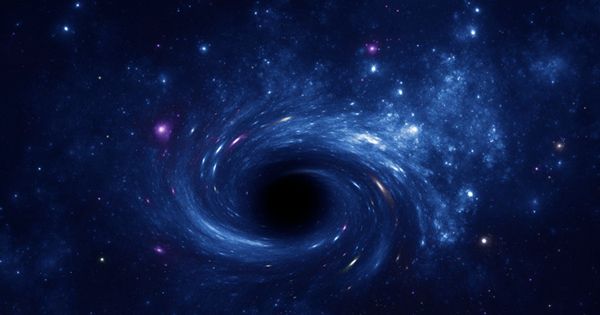The Milky Way stars are all moving, some surprisingly fast, but they change their speed very slowly. These changes reveal the forces working on them. Astronomers have measured the accelerations of nearby pulsars, creating a source that could be used – and perhaps nature – to explore the distribution of dark matter.
In a galaxy far away from any other person, the stars can orbit the galactic center in a perfect plane. The reality of the Milky Way is messy. The combination of the past with small galaxies and conversations with those who maintain their independence has created local hotspots of dark matter, sinking up and down the galactic plane for part of the star’s orbit, like a whirlpool sinking in a whirlpool.
A highly controversial theory suggests that the passage of the sun through the plane every 27 million years causes massive extinction. The measurement of these movements, and thus the gravitational force that drives them, reveals not only the average density of the dark matter in the plane but also the presence of local scattering scattered galaxies.
Astronomers have used major sequence star motions to calculate the average mass density of an aircraft since 1932, but their results vary greatly depending on which star they use. When the movement of G-type stars (like the Sun) gives a value about ten times lower than that of bright A-type stars, something else is needed. Moreover, the previous measures relied on the galaxy’s balance assumptions when we know that it actually changes all the time. Dr. Sukanya Chakrabarti of the Rochester Institute of Technology used pulsars instead, specifically measuring changes in the velocity of 14 pulsars, including the orbital period. Excluding the effects of things we see, such as the collaborating stars, the forces that explain the rest of the acceleration must be things that are particularly dark to us.
Chakrabarti said in a statement, “Our analysis not only provides the first measurements of the tiny acceleration experienced by galaxy stars but also opens up the possibility of increasing the work to understand the nature of dark matter and ultimately the dark energy in large-sized particles.” Accelerations are surprisingly small compared to significant speeds because these stars give the experience of almost complete cancellation. The team measured changes at a speed of a few centimeters per second, which they noticed a child crawling.
Chakrabarti and co-authors in the Astrophysical Journal Letters (preprint of RX.U.R.) reported a value close to the previously measured value for G-type stars. More importantly, they find hints of loneliness. If this can be confirmed through extensive research, the authors hope it will help in the process of “galactic archeology”, helping us to understand the galaxies that have engulfed our galaxy. Even better, the more we know about the distribution of dark matter, the more likely we are to find something – or at least try to figure out what it is. In a related essay published in the same edition of the journal, Dr. Joseph Simon of the University of Colorado Boulder used observations of pulsar movement to detect short-frequency gravitational waves.















